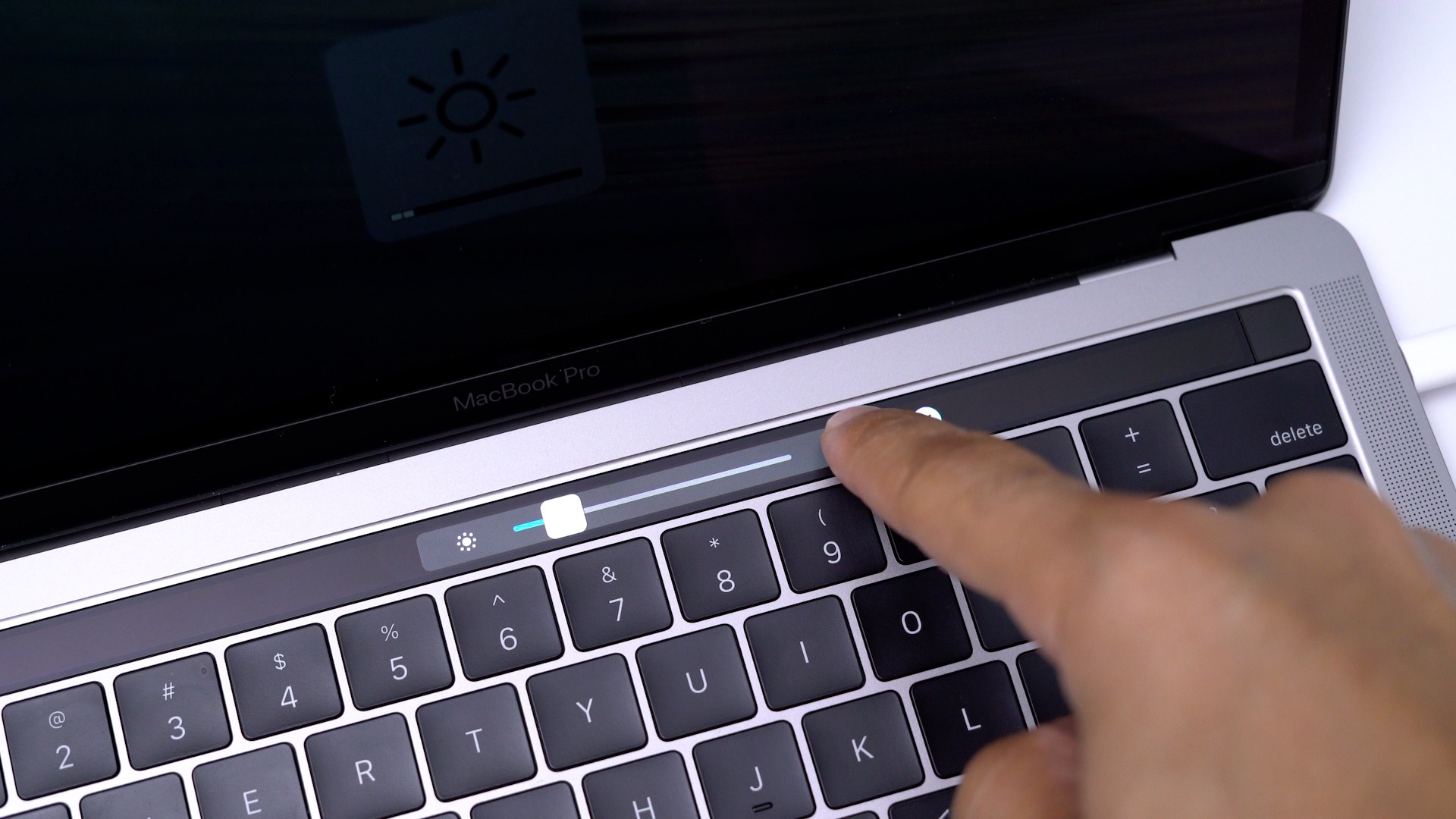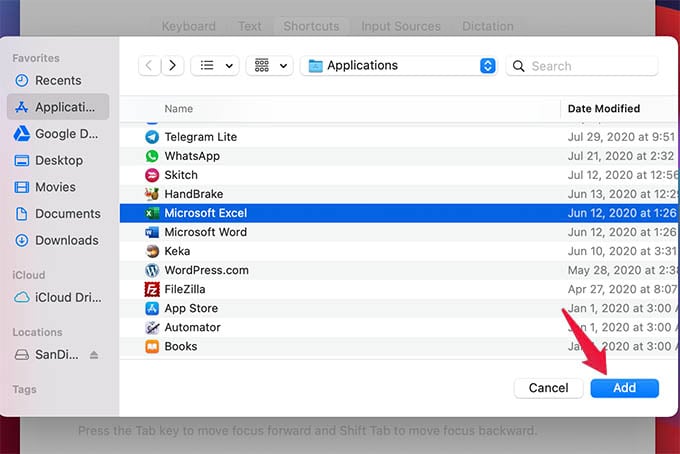

Many app makers ignored the dynamic functionality entirely. For some, it was a solution to a non-existent problem and a poor alternative to touch-enabled screens on Windows laptops. To say that the public reaction was mixed would be an understatement. (Check out our guide to cool things you can do with the Touch Bar to get a better idea.) Using that Touch Bar, you could adjust volume, access tools in programs, and more. This stripe of display included touch capability, and offered a dynamic replacement for static function keys. In 2016, Apple introduced new MacBook Pro designs that featured a thin OLED strip just above the keyboard. The actual answer is that the Touch Bar never went away. And if you thought that the Touch Bar had been relegated to the dustbin of other features that Apple tried and failed to press upon the public, then you're probably wondering what's going on now. To be sure, the quirky touch interface never quite got the traction that Apple wanted. You may be a little confused at this news, seeing as recent updates to the MacBook Pro 14-inch and 16-inch models ditched this thin touch screen that takes the place of the row of function keys at the top of the keyboard. But another M2 Mac was introduced to less fanfare, an updated 13-inch MacBook Pro that not only looks the same as its predecessor, but also has a feature we didn't expect to see on an Apple laptop again: the Touch Bar.
#How to turn on macbook pro no touch bar how to#
#How to turn on macbook pro no touch bar Pc#
How to Record the Screen on Your Windows PC or Mac.



 0 kommentar(er)
0 kommentar(er)
